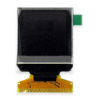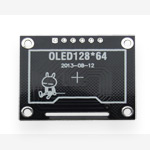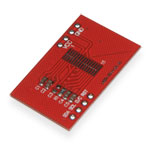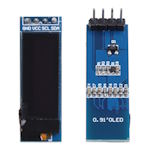An organic light-emitting diode (OLED) is a semiconductor device made from organic compounds that effectively emit light when an electric current passes through them. OLED technology is mainly used in the creation of information display devices (displays).
To create organic light-emitting diodes (OLED), thin-film multilayer structures are used, consisting of layers of several polymers. When a voltage positive with respect to the cathode is applied to the anode, the flow of electrons flows through the device from the cathode to the anode. Thus, the cathode donates electrons to the emission layer, and the anode picks up electrons from the conducting layer, or, in other words, the anode donates holes to the conducting layer. The emission layer is negatively charged and the conductive layer is positively charged. Under the influence of electrostatic forces, electrons and holes move towards each other and recombine when they meet. This happens closer to the cathode, because in organic semiconductors, holes have a higher mobility than electrons. During recombination, an electron loses energy, which is accompanied by the emission (emission) of photons in the visible light region. Therefore, the layer is called emission. The device does not work when a negative voltage with respect to the cathode is applied to the anode. In this case, holes move to the anode, and electrons move in the opposite direction to the cathode, and the recombination of holes and electrons does not occur.












